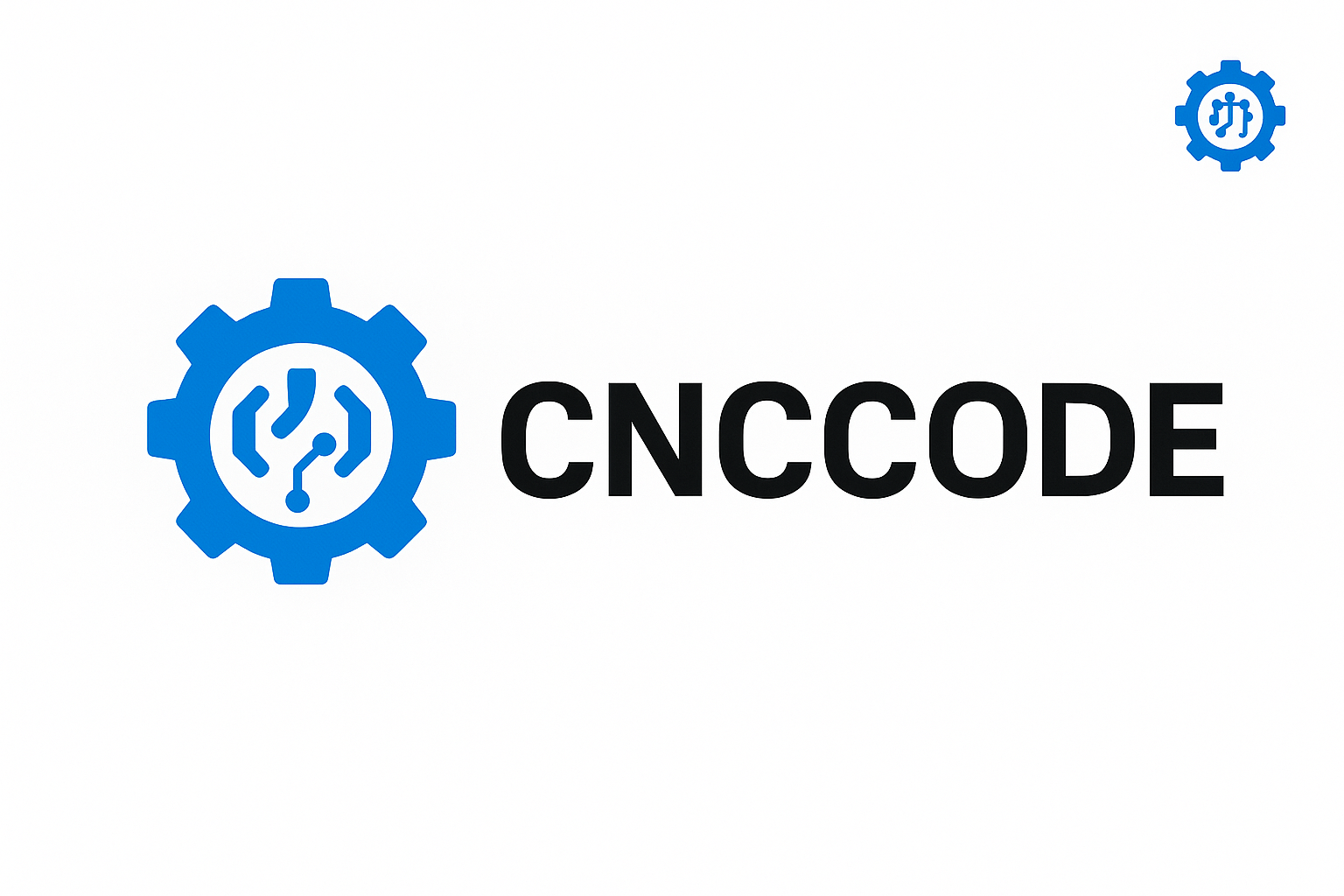Figure: An example of a hybrid 3D printing/CNC system in action. Hybrid manufacturing combines additive (3D printing) and subtractive (CNC milling) processes in a single machine or workflow. In practice, the machine may first 3D-print a rough part layer by layer and then automatically switch to CNC tools to mill precise features, surfaces, or holes. This “best of both worlds” approach allows makers to build complex shapes with minimal setup and then achieve CNC-grade accuracy on critical surfaces. Hybrid systems often use similar digital designs and G-code workflows for both printing and cutting stages, making them user-friendly for modern fabricators.
-
Complex geometries: By printing near-net shapes and then machining them, hybrid machines can produce intricate parts (like lattices or internal channels) that would be hard to mill alone. The 3D printer adds material only where needed, and the CNC mill finishes precise edges.
-
Reduced waste: Additive layering dramatically cuts material waste compared to full block machining. Only support structures and a bit of finish removal are wasted, saving costs and materials for metals or expensive plastics.
-
Faster prototyping: Teams can go from digital model to a finished prototype in one continuous job. Instead of printing an object, taking it off, then remounting it on another machine, the hybrid workflow streamlines setup and reduces alignment errors.
-
Versatility: Hybrid machines handle a wider range of tasks. For example, one can 3D-print a part using specialty filament or metal powder, and then use CNC tools to tap holes or refine surfaces, all without moving the workpiece.
Overall, 3D printing/CNC hybrid systems accelerate product development by combining the speed and design freedom of additive manufacturing with the precision and material choices of CNC. This hybrid approach is ideal for complex prototypes, custom parts, and situations where traditional CNC alone would require many setups or waste a lot of material.
